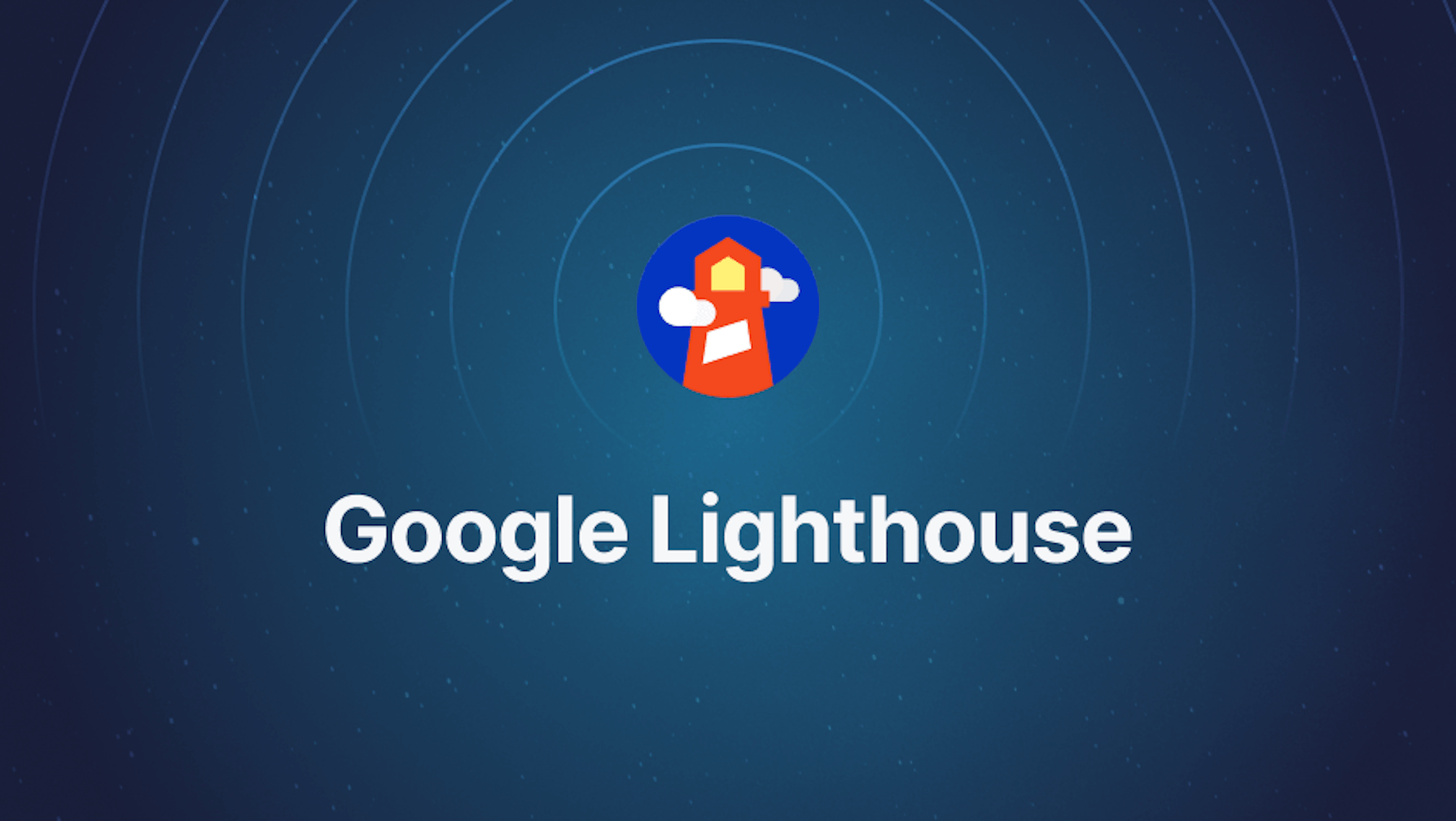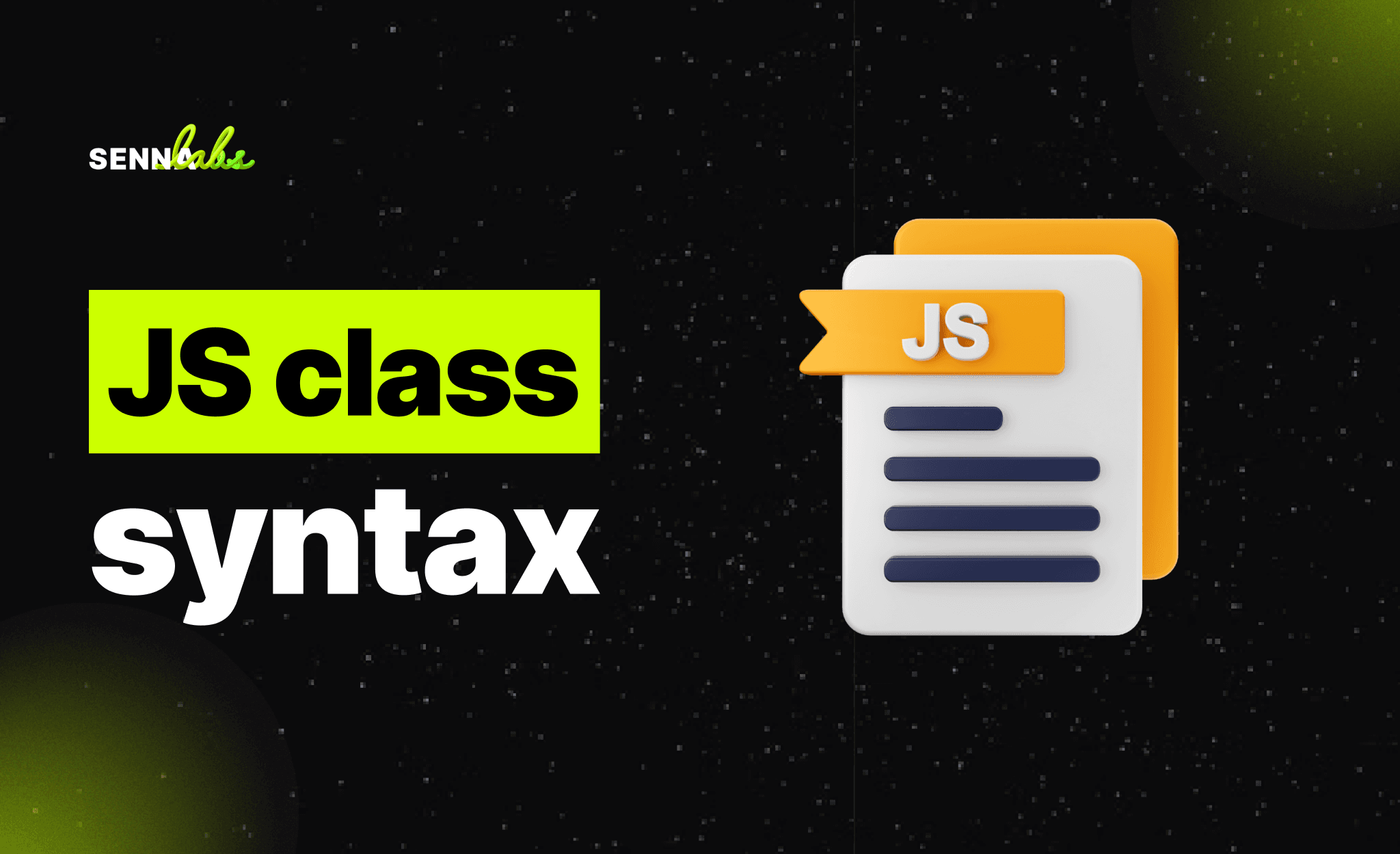Lighthouse: The All-in-One Site Quality Auditor for Developers
Share

In the fast-paced world of web development, building a beautiful and functional website is only part of the equation. Ensuring your site is fast, accessible, SEO-friendly, and offers a seamless user experience is equally critical. Whether you're working on a personal project or deploying a large-scale application, performance and usability issues can have a direct impact on engagement, rankings, and revenue.
Enter Lighthouse—an open-source, automated tool developed by Google that audits web pages for performance, accessibility, SEO, and best practices. Whether you're a solo developer or part of a digital agency team, Lighthouse can help identify technical bottlenecks and provide a roadmap for optimization.
This article explores what Lighthouse is, why it matters, how it works, and how developers can use it to build faster, better, and more accessible websites.

What Is Lighthouse?
Lighthouse is a powerful auditing tool that runs performance and quality checks on web pages. It is available in several forms:
-
As a built-in feature in Chrome DevTools
-
As a command-line tool
-
As a Node module (for automation)
-
Via PageSpeed Insights (which incorporates Lighthouse under the hood)
The tool simulates how a page loads under different network conditions and provides a detailed report across five key categories:
-
Performance
-
Accessibility
-
Best Practices
-
SEO
-
Progressive Web App (PWA) compliance
Each category includes a numerical score (out of 100) and specific, prioritized suggestions for improvement.
Why Lighthouse Matters for Developers
While Lighthouse was initially built to support Progressive Web App development, it has grown into a comprehensive audit tool used by developers, designers, marketers, and SEO specialists alike.
Here’s what makes it invaluable:
-
Free and open-source
-
Real-time performance diagnostics
-
Detailed improvement tips
-
Customizable and automatable
-
Supports local and remote URLs
With a single report, you can identify issues that affect not just performance, but also accessibility compliance, mobile usability, and SEO readiness—all of which contribute to the overall success of a web project.
Key Audit Categories in Lighthouse
1. Performance
Lighthouse evaluates how quickly a page loads and becomes interactive. It uses metrics like:
-
First Contentful Paint (FCP)
-
Speed Index
-
Largest Contentful Paint (LCP)
-
Time to Interactive (TTI)
-
Total Blocking Time (TBT)
-
Cumulative Layout Shift (CLS)
It then suggests optimizations such as:
-
Image compression
-
Minifying CSS/JavaScript
-
Reducing render-blocking resources
-
Enabling lazy loading
2. Accessibility
Accessibility checks ensure your content can be accessed by all users, including those with disabilities. Lighthouse flags issues like:
-
Low contrast text
-
Missing alt attributes
-
Improper ARIA roles
-
Keyboard navigation problems
Fixing these not only makes your site more inclusive but may also enhance SEO and user retention.
3. Best Practices
This category checks for general web development pitfalls like:
-
Usage of deprecated APIs
-
Security vulnerabilities (e.g., unsafe links or outdated libraries)
-
Efficient use of HTTP/2
-
Responsive images
4. SEO
Lighthouse examines basic but essential SEO elements such as:
-
Title and meta tags
-
Structured data
-
Crawlable links
-
Descriptive alt text
While not a substitute for comprehensive SEO audits, it’s a great first step to ensure technical readiness for search engines.
5. Progressive Web App (PWA)
Lighthouse evaluates whether your site meets PWA criteria like:
-
HTTPS usage
-
Service worker registration
-
Fast loading on mobile
-
Installability
Even if you’re not building a full PWA, these principles can enhance mobile experience and offline functionality.
Real-World Use Case: From Laggy to Lightning-Fast
Consider a case where a developer is working on a Progressive Web App (PWA) that was struggling with load times and interactivity on mobile. Users were abandoning the app before it even fully loaded.
Using Lighthouse in Chrome DevTools, the developer ran an audit and received a Performance score of 60, with red flags on:
-
Slow Largest Contentful Paint (LCP)
-
Poor Cumulative Layout Shift (CLS)
-
Excessive JavaScript blocking interactivity
Action Plan:
-
Implemented lazy loading for images
-
Reduced image file sizes using next-gen formats like WebP
-
Deferred non-critical JavaScript
-
Minified and compressed CSS files
-
Set fixed heights for images to prevent layout shifts
The Result:
After applying these recommendations, the next Lighthouse audit returned a Performance score of 90. Not only did the app load faster, but users were engaging more and dropping off less frequently—showcasing how technical refinements directly affect UX and retention.
How to Use Lighthouse
1. Via Chrome DevTools
-
Open Chrome, right-click anywhere on a page and select "Inspect"
-
Go to the “Lighthouse” tab
-
Choose the categories you want to audit (desktop or mobile)
-
Click “Analyze page load”
2. Using the CLI
For more advanced or automated audits, Lighthouse can be installed via npm:
bash
CopyEdit
npm install -g lighthouse
lighthouse https://example.com --view
3. Within CI/CD Pipelines
Use Lighthouse CI to automate audits as part of your deployment process. This ensures that performance and accessibility regressions are caught before they go live.
Best Practices for Developers
-
Run Lighthouse regularly during development: Don’t wait until the end of a project to test.
-
Test mobile first: Mobile performance is a key SEO factor.
-
Combine with other tools: Use alongside PageSpeed Insights, WebPageTest, or GTmetrix for broader diagnostics.
-
Focus on incremental improvements: Aim to lift one score at a time—especially Performance and Accessibility.
-
Share audit results with cross-functional teams: Designers and marketers can benefit from insights too.
Limitations to Consider
-
Lighthouse results may vary slightly across runs, especially in real-time audits using Chrome DevTools.
-
It provides a snapshot—not continuous monitoring.
-
It doesn’t replace user testing or full accessibility audits.
Despite these, it’s one of the most powerful entry points for improving web performance and SEO compliance.
Final Thoughts
In a world where milliseconds matter and accessibility is essential, tools like Lighthouse are no longer optional—they’re critical. Whether you’re fine-tuning a marketing site or deploying a full-fledged PWA, Lighthouse helps you catch blind spots and continuously improve your website quality.
As a free, open-source tool built by Google, it offers one of the most reliable ways to audit and elevate your site—ensuring it’s not just functional, but exceptional.

Share

Keep me postedto follow product news, latest in technology, solutions, and updates
Related articles
Explore all


